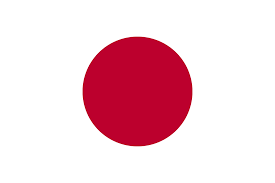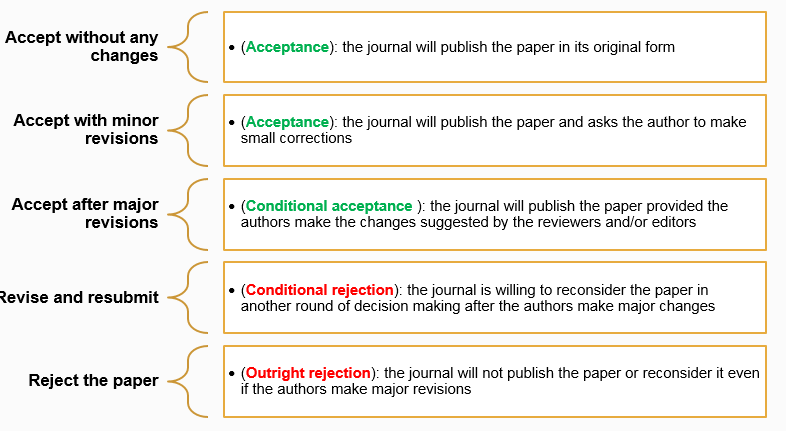A Junior editor puts the paper in the publishing template and checks for grammar or plagiarism issues on software. Non-compliance to these leads to instant rejection of the manuscript.
Few concerns at this stage are:
- Does your manuscript fit the scope of the journal?
- Is it in line with the journal’s mission and assessment criteria?
- Does it conform to the set standards for language and format style of the journal?
A Sub Editor checks the relevance of the topic and the contribution of research to the scope of journal.
Few concerns at this stage are:
- How is the novelty of your paper against reader expectation and impact of the journal?
- Does it have the necessary details for readers to fully understand and repeat your analysis and experiments?
- Does it have poorly presented data or a large number of self citations?
The Chief Editor goes through the manuscript thoroughly to check:
- Whether the sample size is too small or lacking controls
- If there are any inappropriate statistical tests or a lack of statistics altogether
- If the methodology used is older or has been surpassed by newer, more powerful methods giving robust results
- Whether your hypothesis is clear or scientifically valid, and answers the questions posed
- Whether the conclusions are based on assumptions or are supported by your data
- After the initial screening, hardly one-fifth of the submissions are finally sent for peer review.
There are three common types of peer review for journal publication:
- Single blind
- Double blind
- Open peer review
A minimum of 2 experts are chosen for the peer review. The peer review is completed once all the reviewers send the journal a detailed report with their comments on the manuscript and their recommendation.



